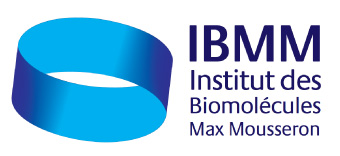Save the date : JIREC 2026 !
JIREC 2026 – Journées de l’Innovation et de la Recherche pour l’Enseignement de la Chimie The JIREC bring together secondary and higher education teachers as well as education stakeholders to exchange ideas on pedagogical innovation in chemistry. A true laboratory of ideas, they foster the sharing of experiences, reflection on content and teaching methods, and […]
